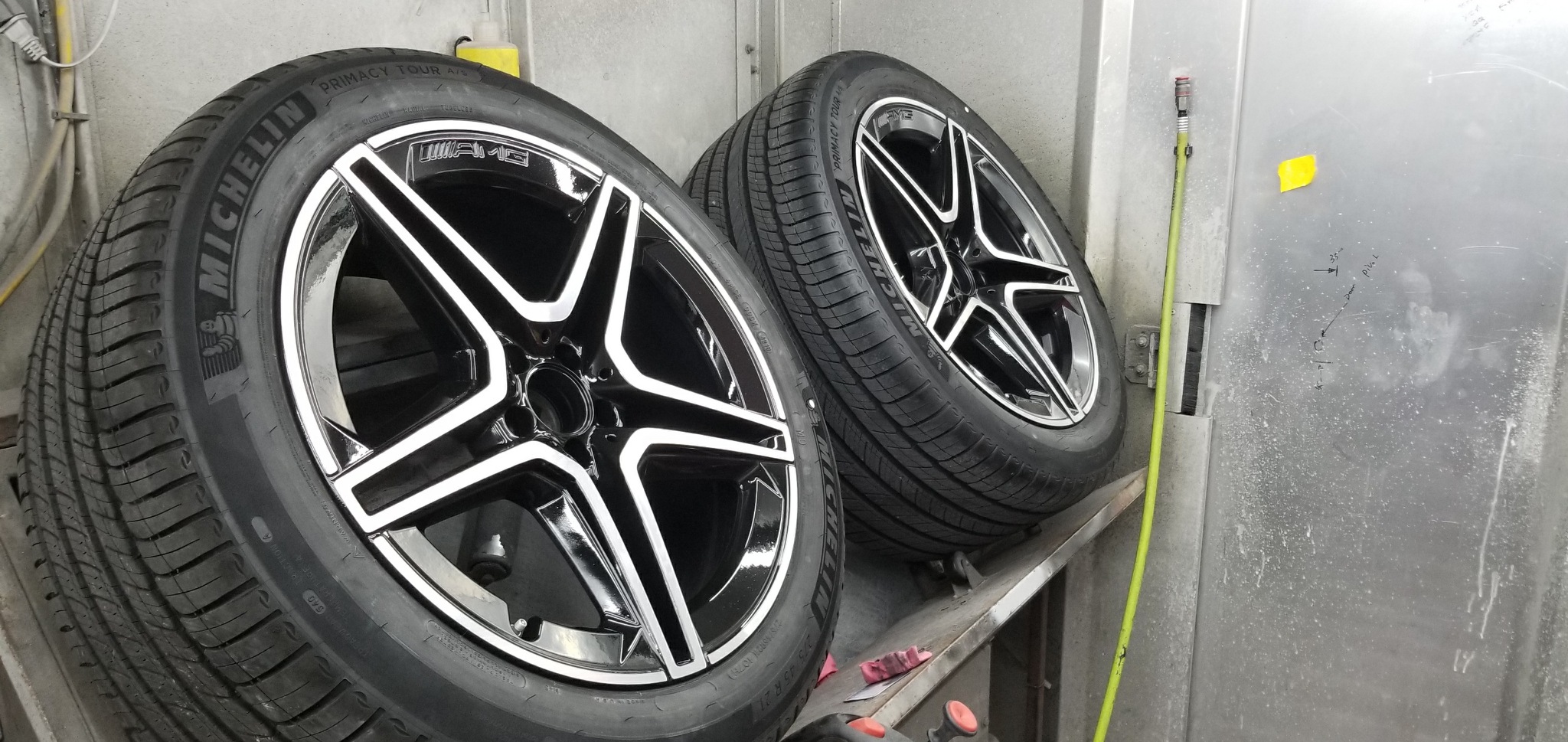Installing a Volleyball court installation involves several steps to ensure that the playing surface is safe, level, and meets the necessary dimensions and specifications. Here are the general steps for installing a volleyball court:
- Site Selection and Preparation:
- Choose a suitable location for the volleyball court. It should be flat and free from any obstructions.
- Measure and mark the dimensions of the court, which typically measures 30 feet (9 meters) in width and 60 feet (18 meters) in length for an outdoor court. Indoor courts may have different dimensions.
- Clear the area of any debris, rocks, or vegetation. Ensure the ground is level and firm.
- Excavation and Grading:
- Excavate the marked area to a depth of about 8 to 12 inches (20 to 30 centimeters) to create a level playing surface. Use a backhoe or excavation equipment for this task.
- Compact the soil thoroughly to create a stable base. You can use a mechanical compactor for this purpose.
- Install drainage if needed to prevent water from pooling on the court.
- Sub-base Installation:
- Lay down a layer of gravel or crushed stone (typically 2-4 inches thick) as the sub-base material. This layer helps with drainage and stability.
- Compact the sub-base material to ensure it’s even and firm.
- Boundary Lines and Net Posts:
- Mark and paint the boundary lines of the court using the appropriate measurements and materials (e.g., paint or tape).
- Install the net posts at each end of the court. Make sure they are securely anchored to the ground and positioned at the correct height and distance apart.
- Playing Surface:
- Install the playing surface material, which is typically sand for outdoor courts or a specialized volleyball court surface for indoor facilities. Ensure that the surface is level and even.
- For sand courts, distribute the sand evenly across the court and rake it to achieve the desired texture and consistency.
- Net and Antennae:
- Attach the volleyball net to the net posts at the correct height (7 feet 11 5/8 inches or 2.43 meters for men, and 7 feet 4 1/4 inches or 2.24 meters for women).
- Install antennae on the net to mark the boundaries of the court vertically.
- Court Surroundings:
- Consider installing boundary markers, such as boundary poles or barriers, to prevent players from encroaching on the court during play.
- Provide seating for spectators if necessary and any other amenities like lighting or shading.
- Regular Maintenance:
- Regularly maintain the court by raking and leveling the playing surface (for sand courts) and inspecting and repairing any net or post damage.
- Keep the court clean and free from debris.
Make sure to consult official volleyball regulations and guidelines for specific court dimensions and other requirements, as they may vary depending on the level of play (e.g., indoor vs. beach volleyball) and governing organizations (e.g., FIVB, NCAA). Additionally, local regulations and codes may also apply when installing a volleyball court.





